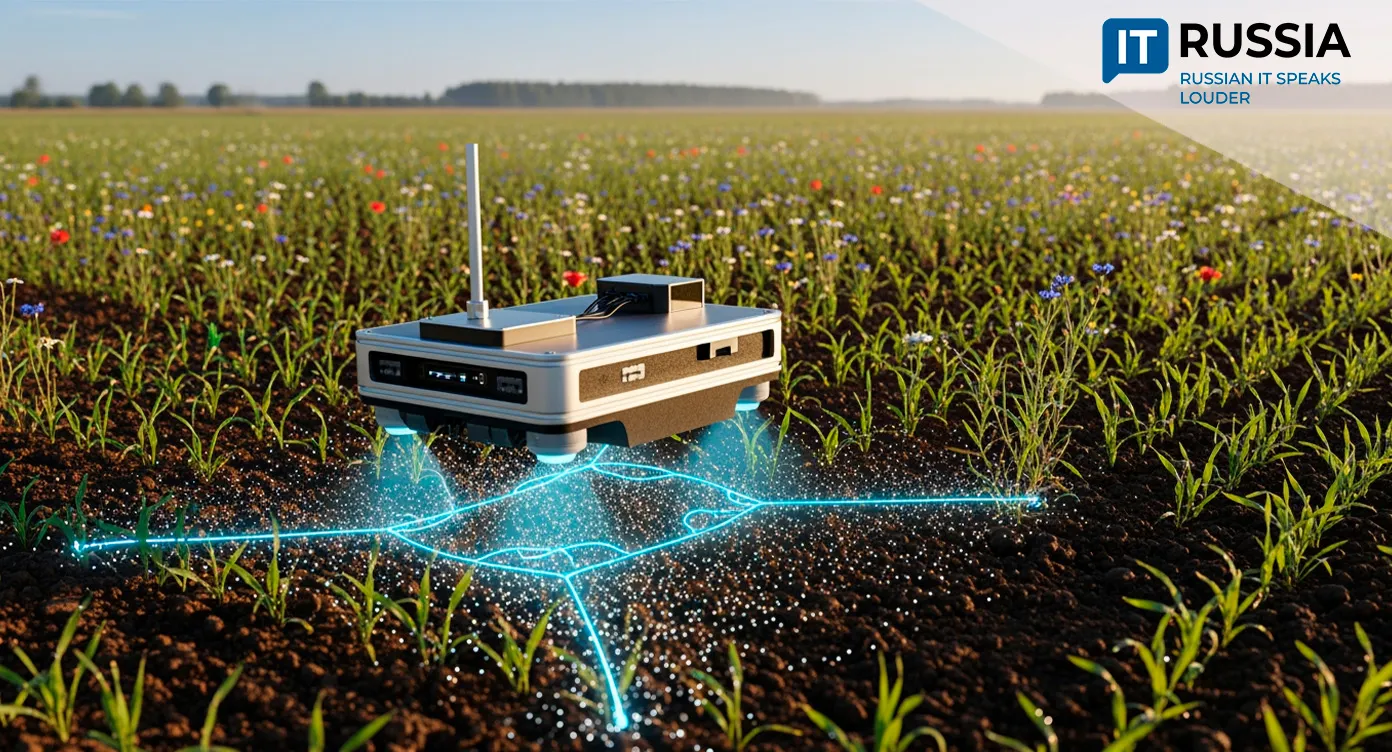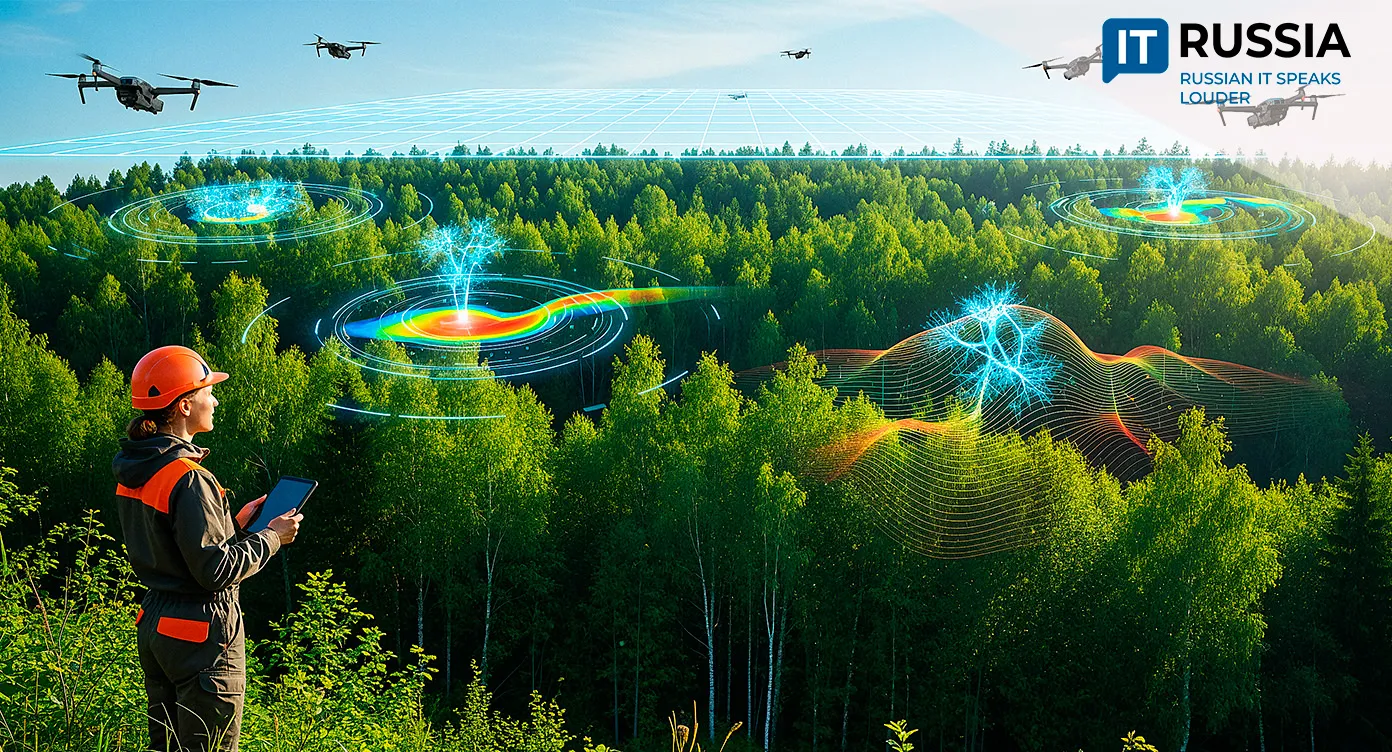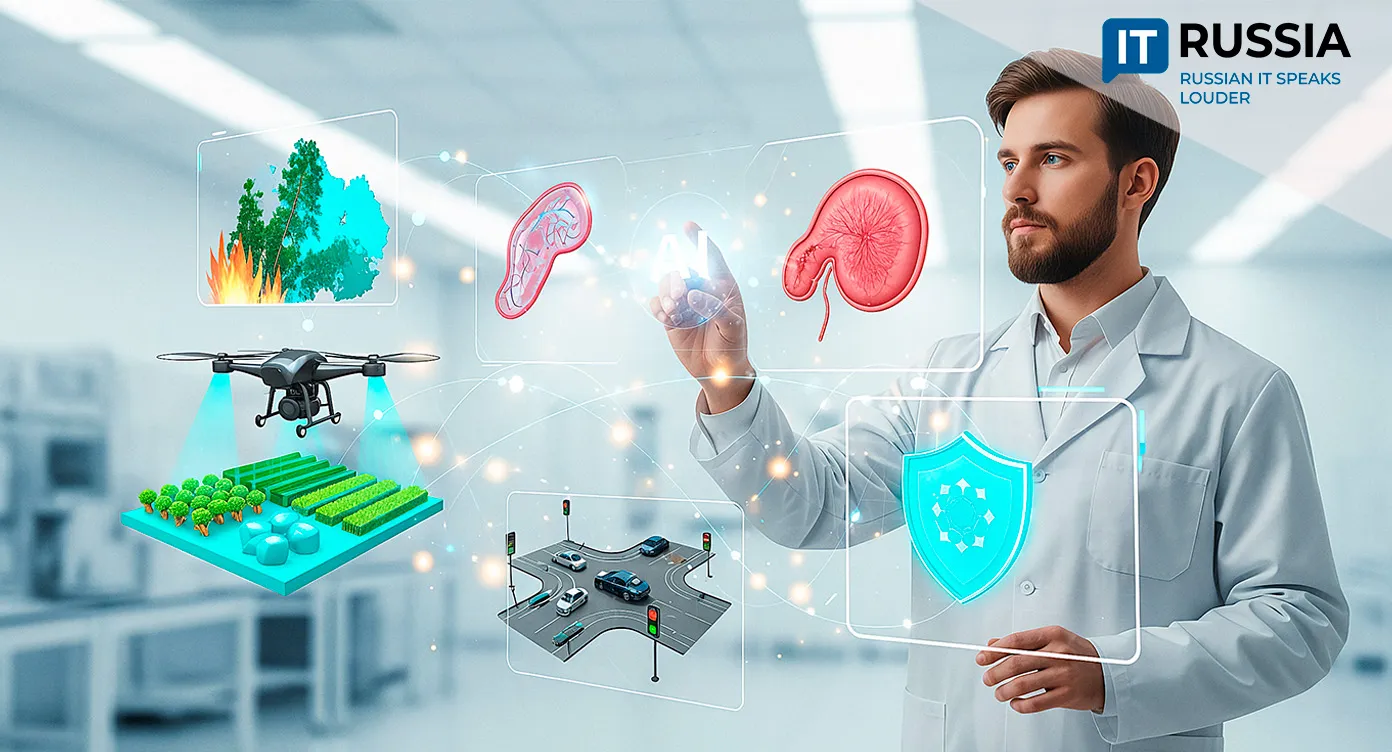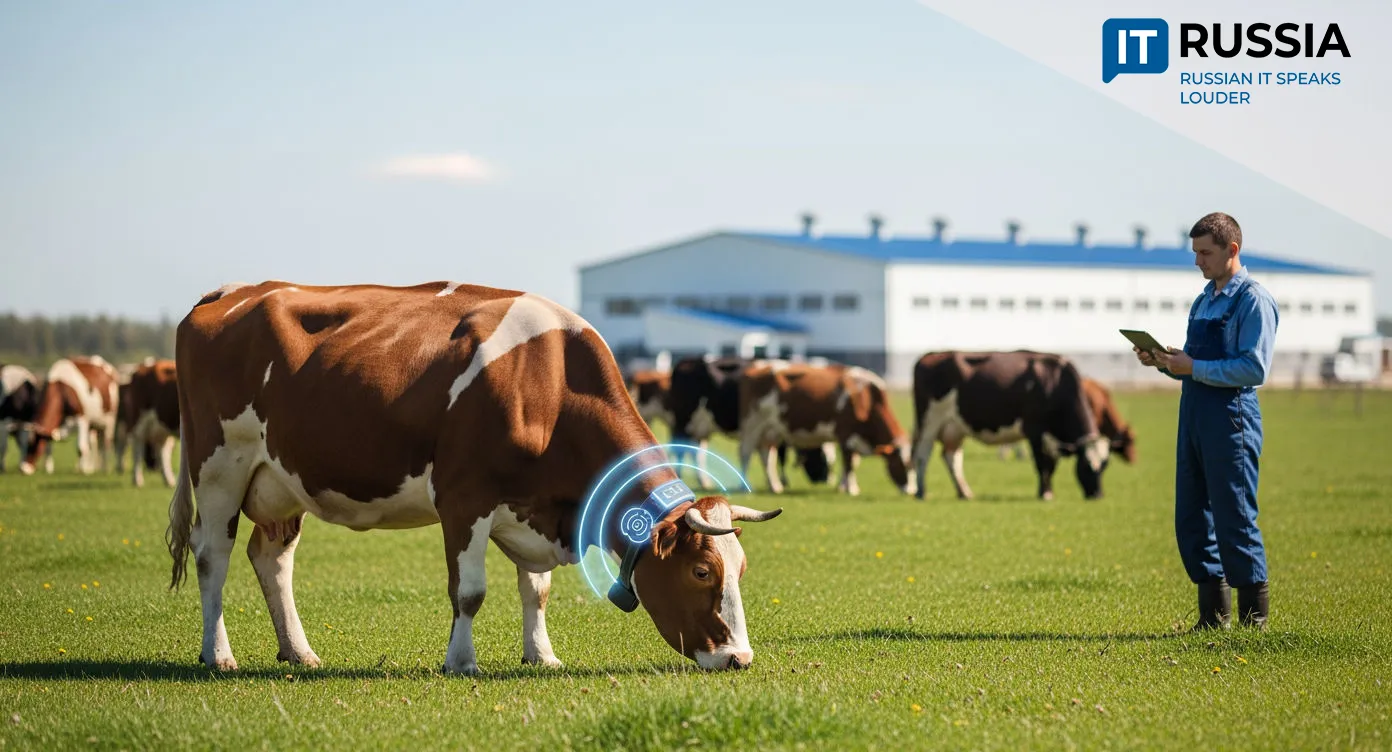A New Standard: IT Technologies Transforming Russian Agribusiness
Digitalization is reshaping Russian agriculture, modernizing production and creating a new framework of relationships between market participants. Business processes are becoming faster and more transparent.
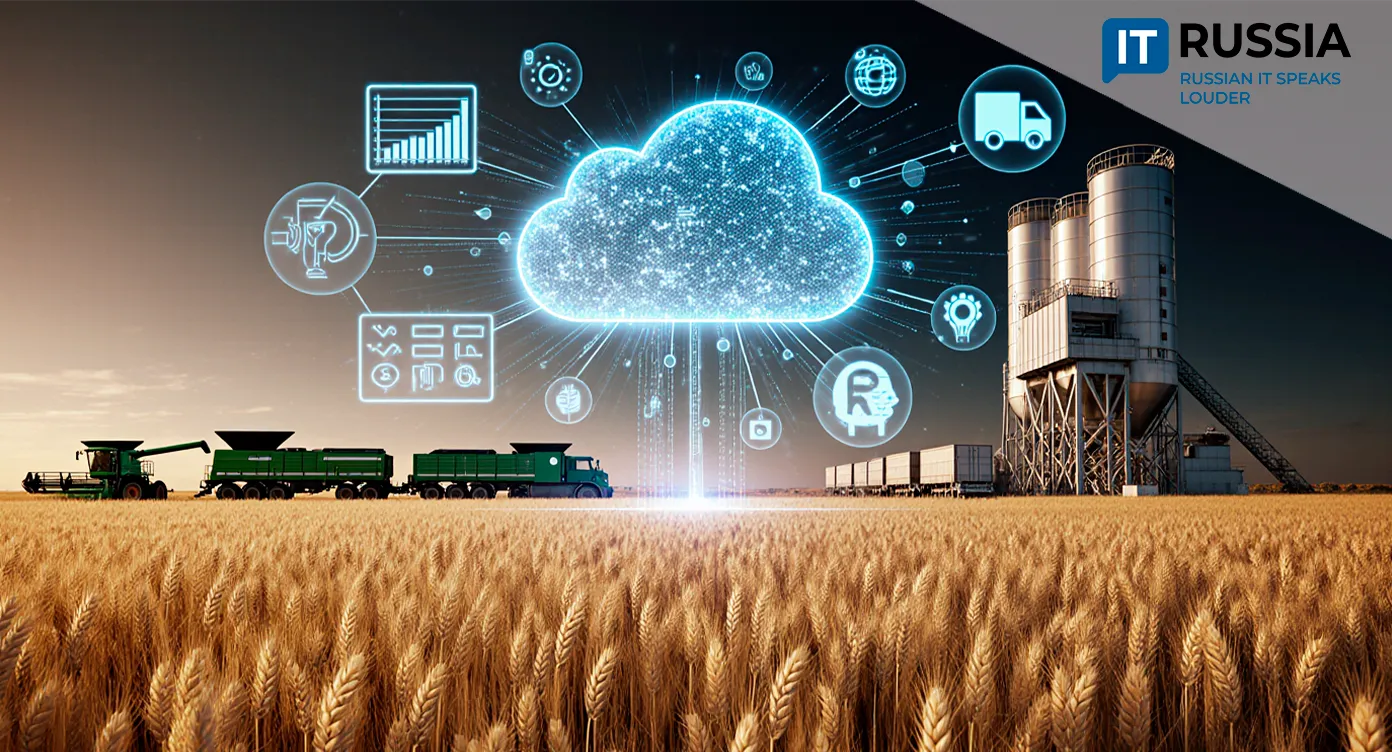
Technology and Efficiency
Digital tools are changing Russian agribusiness. In 2019, the Ministry of Agriculture launched the “Digital Agriculture” program, and today the agro-industrial complex has become one of the country’s most dynamic economic sectors. According to Agriculture Minister Oksana Luth, labor productivity in the sector has grown by 55% over the past decade—the best result nationwide—driven largely by digitalization.
According to Rosstat, agricultural output in 2024 reached ₽5.3 trillion (about $63.5 billion). With food security fully secured, Russia is consolidating its position in global markets. The federal Agroexport center estimates agricultural exports at $43 billion in 2024, up 67% from 2018.
Grain production plays the leading role. In the early 2000s, Russia harvested about 65–70 million tons annually, exporting 7–8 million tons. Since 2014, harvests have consistently exceeded 100 million tons, with exports reaching 20–25 million tons. Today, Russia produces between 130 and 157 million tons of grain annually and exports 60–80 million tons.
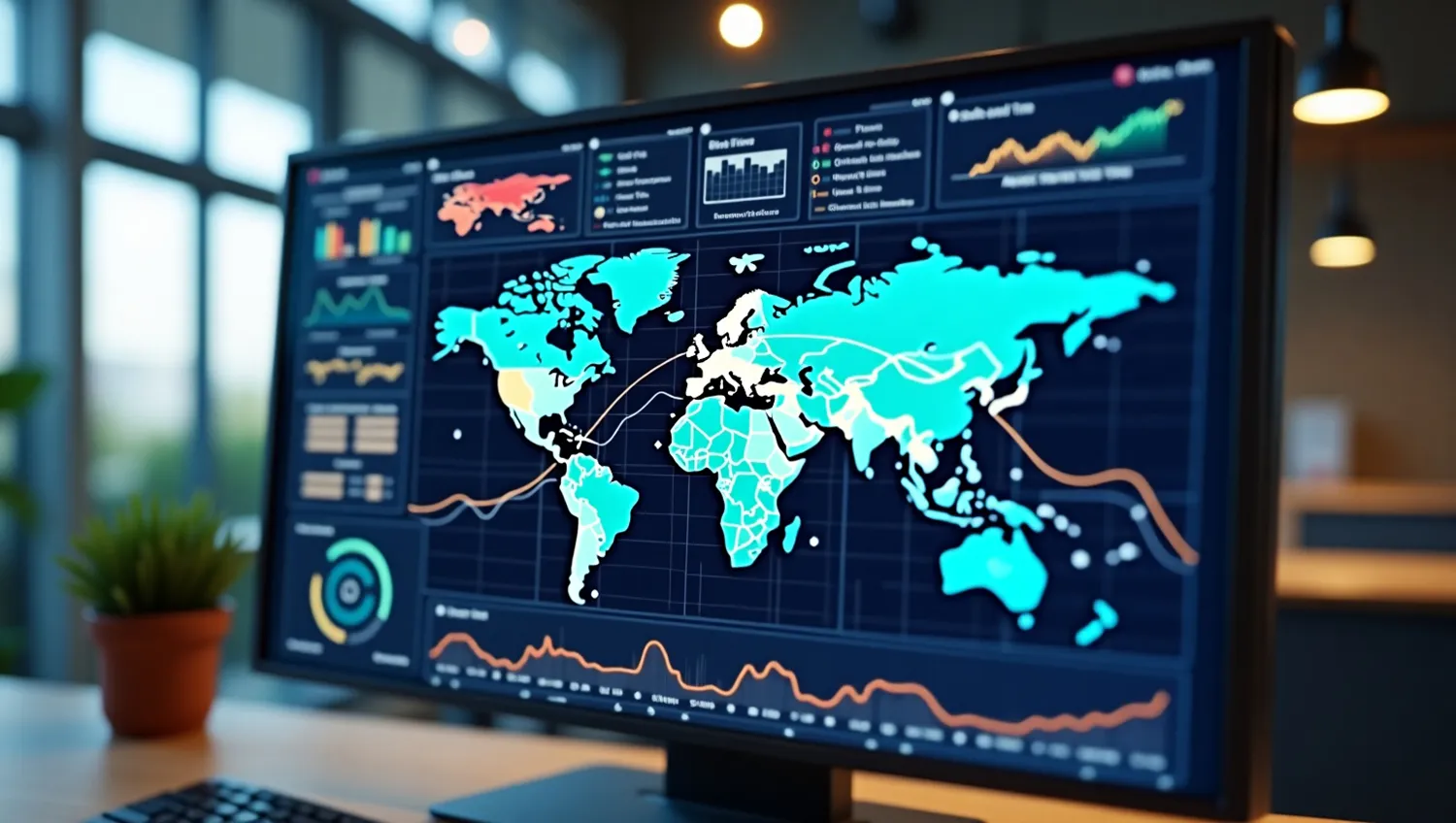
Digital Platforms and New Opportunities
Russian grain, like energy, has become a major export commodity. Given the scale, efficient trading in grain requires user-friendly tools.
Those tools are digital platforms. Once, grain deals were made through personal contacts, with farmers preferring to negotiate with entrepreneurs they knew. Today, more than 70% of farmers use online platforms to monitor prices, and a growing share are completing transactions online. By 2025, the proportion of digital deals increased, with transaction speed rising two- to threefold. The demand for transparency, accurate data, and real-time supply chain management drives this shift.
Nearly 75% of agro-holdings are developing their own supply chains. Analysts at Demetra-Holding estimate that 65% of large agro-holdings already use digital solutions, 35% of medium-sized enterprises are adopting automation, and about 15% of small farms employ basic digital tools.
New Platforms
Several digital platforms are now in use across Russia’s agricultural sector.
“Pole.RF” began as an agri-marketplace where farmers could sell crops, purchase fertilizers, and lease equipment. It has since evolved into a full ecosystem offering trading, tenders, auctions, rail and road logistics services, and fintech tools. Processors, exporters, traders, distributors, and producers all use the platform. It provides one-stop access to everything from fertilizers, seeds, crop protection, machinery, and spare parts to selling harvests—a vital advantage in a seasonal business.
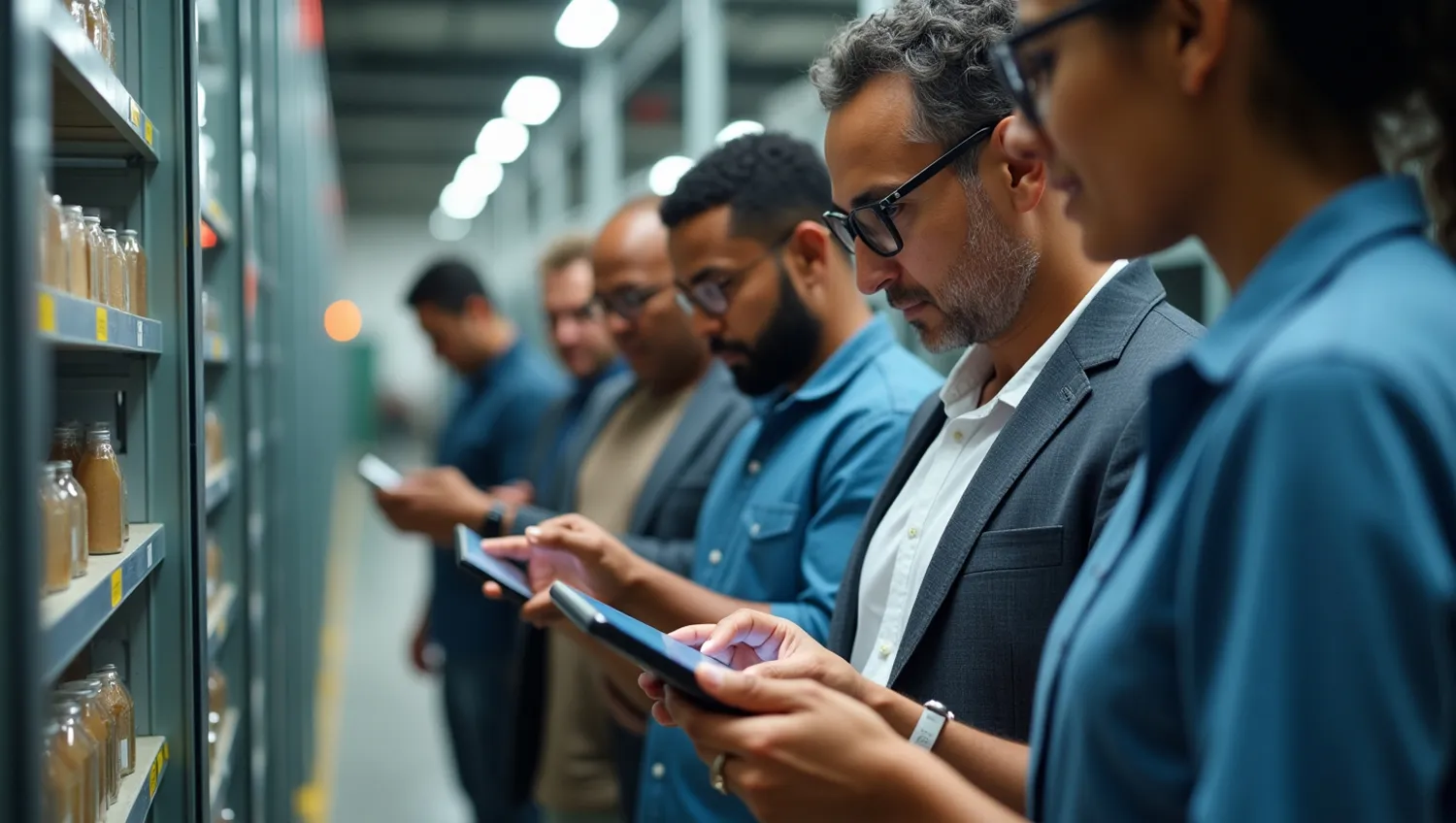
“Data 1861,” launched July 1, 2025, connects producers, buyers, logistics operators, and other agricultural market participants. It offers services for contracts, document management, and quality control of supplied goods.
“ETP-Agro” is an industry-specific e-trading platform for organizing purchases and sales in agriculture. It supports multiple procedures, including request-for-proposals, auctions, tenders, and price monitoring.
Transformation and New Opportunities
“Russian agribusiness is steadily moving toward digitalization. A full digital transformation lies ahead,” says Alexey Gribanov, CEO of Demetra-Holding.
Following the path of smart manufacturing, digitalization is changing the entire structure of industry relations. EDI systems are altering the way deals are prepared. Russian digital platforms bring clear benefits: supply chain transparency with cycle times reduced by up to 30%, automated document flow accelerating processes by 45%, access to verified supplier databases, and integration with government systems.
Farmers gain quick and guaranteed sales of their harvests, while buyers, exporters, traders, and processors are ready to finance crop production. Through digital platforms, farmers can secure funds for inputs, grow crops, and then sell them.

The result is transparent production, logistics, and risk management. Consumers benefit from stable supply and prices. Producers accelerate capital turnover and cut costs, boosting their competitiveness in export markets.
Global food markets, meanwhile, gain predictable grain supplies—a crucial asset in the fight for food security. Russian digital platform models and EDI-based trading systems could also serve as exportable products for foreign firms working with Russia. They provide both a pathway to purchasing Russian grain and a template for building similar systems abroad.








